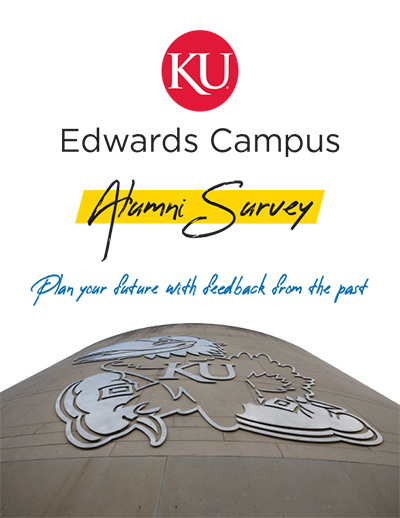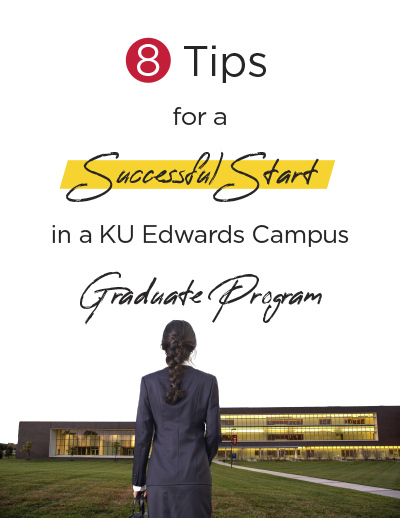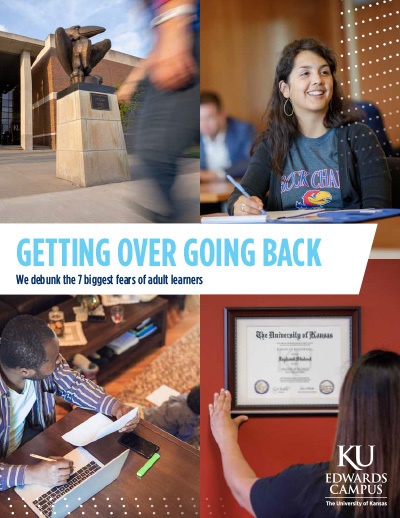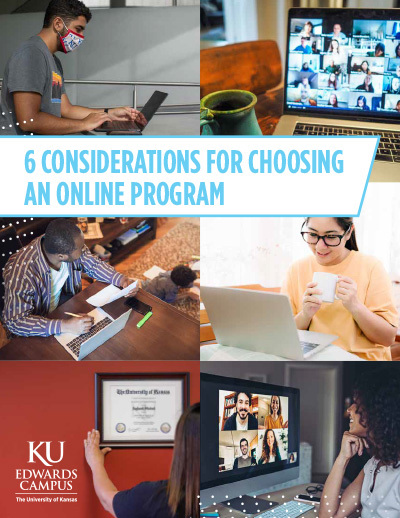Dual Strengths: KU junior boosts medical career by double-majoring in biology and American Sign Language and Deaf studies
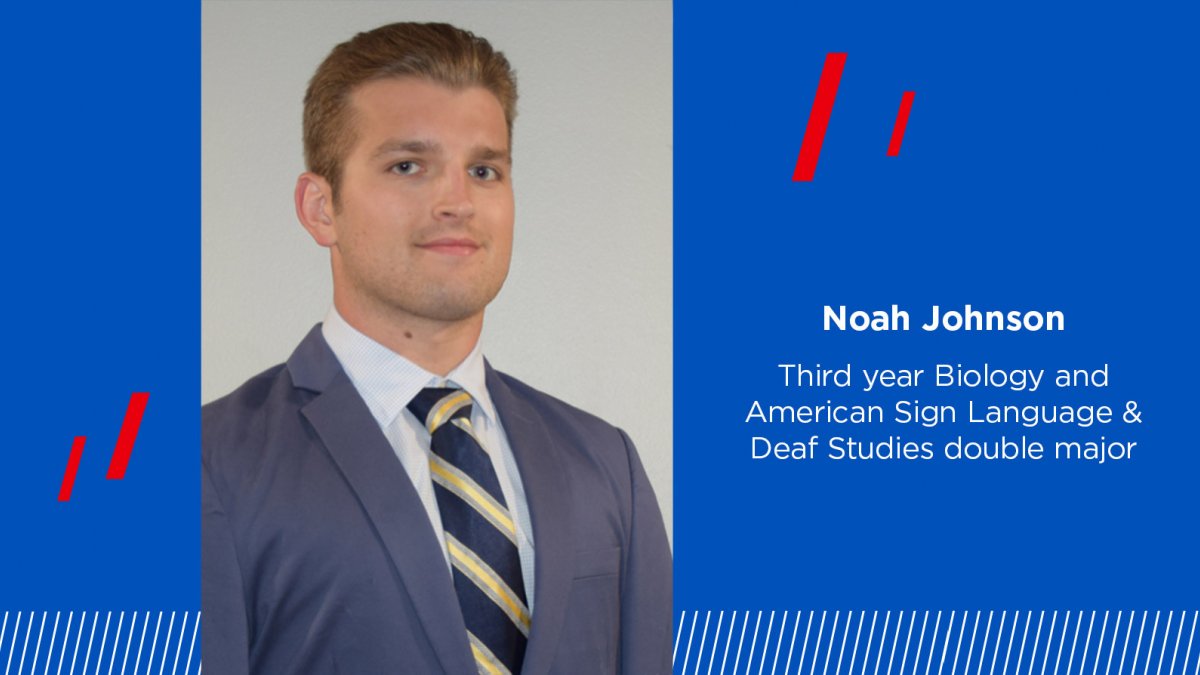
It’s not unusual for healthcare professionals to pick up a second language so they can better communicate with their patients. But while most doctors or nurses might study a spoken language, KU junior Noah Johnson decided to go a different route: American Sign Language.
“When I started ASL, it was because I wanted to help people uniquely,” Johnson, a double-major in biology at KU and American Sign Language and Deaf Studies (ASLD) at the Edwards Campus, said. “In all the places where I’ve shadowed or volunteered, I see people come in speaking Spanish, and lots of doctors know Spanish, but I see people who are hard of hearing or Deaf, and there’s a huge communication gap.”
Johnson, a native of Humboldt, Kansas, is also part of the Scholars in Rural Health Program through the KU School of Medicine, which provides assured admission to students interested in practicing health in rural areas.
“I want to be a physician with a specialty in family medicine, where I can use a broad spectrum of skills to help people,” Johnson says. “I’d love to go back to where I grew up, Iola, Chanute or Humboldt, and go back and contribute and give back to the community that gave so much to me.” Currently, Johnson says he shadows a doctor in his hometown once a week, and volunteers in various capacities outside of class.
Johnson says that ASL’s visual nature appealed to his learning style, in addition to its unique application to his planned career. “It worked for me because it’s a really visual language, and people always say pre-meds are really visual,” Johnson says. “I didn’t believe that until I realized ASL really clicked with me.”
In addition to learning the language, Johnson says he’s been surprised by what he’s learned about Deaf culture through his courses with ASLD Professor Petra Horn-Marsh. “In one of her classes, we read a book called ‘Deaf Gain,’ that talked about the benefits of being bilingual with ASL in comparison to being bilingual with another spoken language, and the benefits that Deaf children have in learning ASL compared to hearing children growing up,” Johnson said. “It surprised me not only the benefits Deaf children or children learning ASL had growing up over their peers, but it also surprised and shocked me how much the hearing community didn’t embrace these benefits.”
Horn-Marsh says she’s impressed by Johnson’s commitment to learning ASL as part of a healthcare career and is hopeful about the ways it will allow him to help future patients.
“My first impression of Noah is how ambitious, perceptual, and articulate of him to double major in healthcare and ASL, a highly unusual but crucial combination,” Horn-Marsh says. “Historically, healthcare has not been inclusive of or equitable for Deaf people to receive the best and accessible care they need and deserve. With Noah's ASL skills and understanding of Deaf people as a linguistic and cultural minority, he will bring positive light with his critical, forward-thinking and conscientious stance.”
Horn-Marsh adds that a background in ASL and Deaf culture can help medical professionals like Johnson work with parents of Deaf children as well. “Oftentimes, parents learning that their child is Deaf or hard-of-hearing see their medical professionals for advice,” Horn-Marsh says. “With Noah’s learned grip of Deaf people and the Deaf communities, he will be able to provide parents with well-informed advice which will entail the fact that Deaf people are just like everyone else. All they need are diversity and equity considerations which will bring inclusion to both the Deaf and the hearing.”
Johnson says he’s already been able to apply what he’s learning in the field, through volunteering as a COVID screener this summer at a hospital in his community. “People came into a hospital setting who were hard of hearing or Deaf, and I have been able to communicate a little bit, though I’m not proficient yet,” he said. “There were times when there were hard of hearing people, and instead of them pointing at things, I was able to pick up on cues and communicate things that led them in the right direction.”
Johnson says his experience so far has helped him better understand how he can help bridge the gap between the hearing and Deaf communities through his career in healthcare. “Both sides have tremendous benefits that could help each other if they work together,” Johnson says. “The program at the Edwards Campus is really beneficial because it can bring awareness to this issue and help narrow that disconnect. I’m happy to say I feel like I’m becoming a part of that.”
Learn more about KUEC's undergraduate programs in American Sign Language & Deaf Studies.
